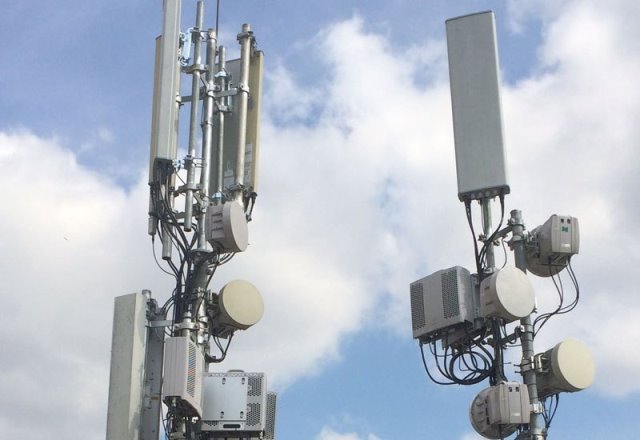The latest Dell’Oro Group report said the Radio Access Network (RAN) market has faced a significant decline of nearly $9 billion in 2024 compared to 2021.

The downturn in the RAN market was due to a combination of strategic factors, regional demand shifts, and competitive positioning.
Stefan Pongratz, Vice President for RAN market research at Dell’Oro Group, stated, “It is not easy to put a positive spin on the fact that the RAN market just recorded the steepest full-year decline in more than 20 years.”
There is positive news for some telecom equipment vendors. For instance, Huawei and Ericsson gained market share in the RAN segment. The report did not reveal details on the RAN market share of Huawei and Ericsson.
Huawei’s Growth in RAN Market Share
Huawei continues to dominate the Chinese RAN market, where it benefits from strong government support, deep integration with local telecom operators, and minimal competition from Western vendors.
China remains the world’s largest 5G market, and Huawei has been a key beneficiary of ongoing 5G rollouts and network expansions.
Huawei’s ability to offer cost-effective solutions, especially in emerging markets, has helped it retain and expand its market share.
Many operators, particularly in Asia, Africa, and parts of Europe, rely on Huawei’s equipment due to its price-performance advantage.
Huawei has maintained a strong focus on R&D, particularly in areas like Massive MIMO, 5G Core, and AI-driven network optimizations.
Its leadership in advanced RAN technologies has positioned it as a preferred vendor in markets that prioritize network efficiency and performance.
Despite restrictions on semiconductor access, Huawei has sustained its supply chain through in-house chipset development and alternative sourcing strategies.
The company has found ways to navigate global restrictions, particularly in markets where U.S. influence is limited.
Ericsson’s Growth in RAN Market Share
Ericsson remains the largest RAN vendor outside of China, benefiting from its strong presence in North America and Europe.
As Huawei faced restrictions in multiple regions (e.g., the U.S., UK, and parts of Europe), Ericsson emerged as a key alternative for 5G rollouts.
With improving market conditions in North America and non-China APAC regions, Ericsson has capitalized on operator spending, particularly in 5G upgrades and private network deployments.
Ericsson’s longstanding relationships with major telecom operators, including Verizon, AT&T, and Deutsche Telekom, have reinforced its revenue stability.
Ericsson has continued to develop and deploy high-end RAN solutions, including energy-efficient base stations and cloud-native architectures.
Its Open RAN initiatives and partnerships with cloud providers have helped attract operators looking for flexible and scalable network solutions.
Ericsson has expanded its portfolio through acquisitions, such as Vonage, to enhance its position in cloud communications and enterprise services.
Collaborations with key telecom providers have allowed it to strengthen its foothold in both traditional and Open RAN markets.
Why Nokia, Samsung, and ZTE Lost Market Share
Nokia’s Struggles
Nokia has faced challenges in securing major contracts compared to Huawei and Ericsson.
While Nokia has made technological advancements, its pricing and execution have not been as competitive.
Samsung’s Limited Global Presence
Samsung remains strong in South Korea but has not expanded as aggressively in other markets. Samsung has limited presence in the United States and India.
Samsung has struggled to compete with Huawei and Ericsson in large-scale RAN deployments outside its home market.
ZTE’s Decline
Similar to Huawei, ZTE is heavily dependent on the Chinese market.
Huawei’s dominance in China has made it difficult for ZTE to grow its share, and international expansion has been constrained due to geopolitical factors.
Outlook for 2025 and Beyond
The global RAN market is expected to stabilize, with modest growth outside of China.
Huawei will likely maintain its stronghold in China while seeking expansion in friendly markets.
Ericsson is poised to continue its leadership in North America and Europe as more operators invest in 5G upgrades.
Nokia, Samsung, and ZTE will need to reposition themselves to regain lost ground.
In summary, Huawei’s dominance in China and cost leadership, combined with Ericsson’s global presence and high-end RAN solutions, allowed them to gain market share despite the overall market downturn.
Baburajan Kizhakedath
